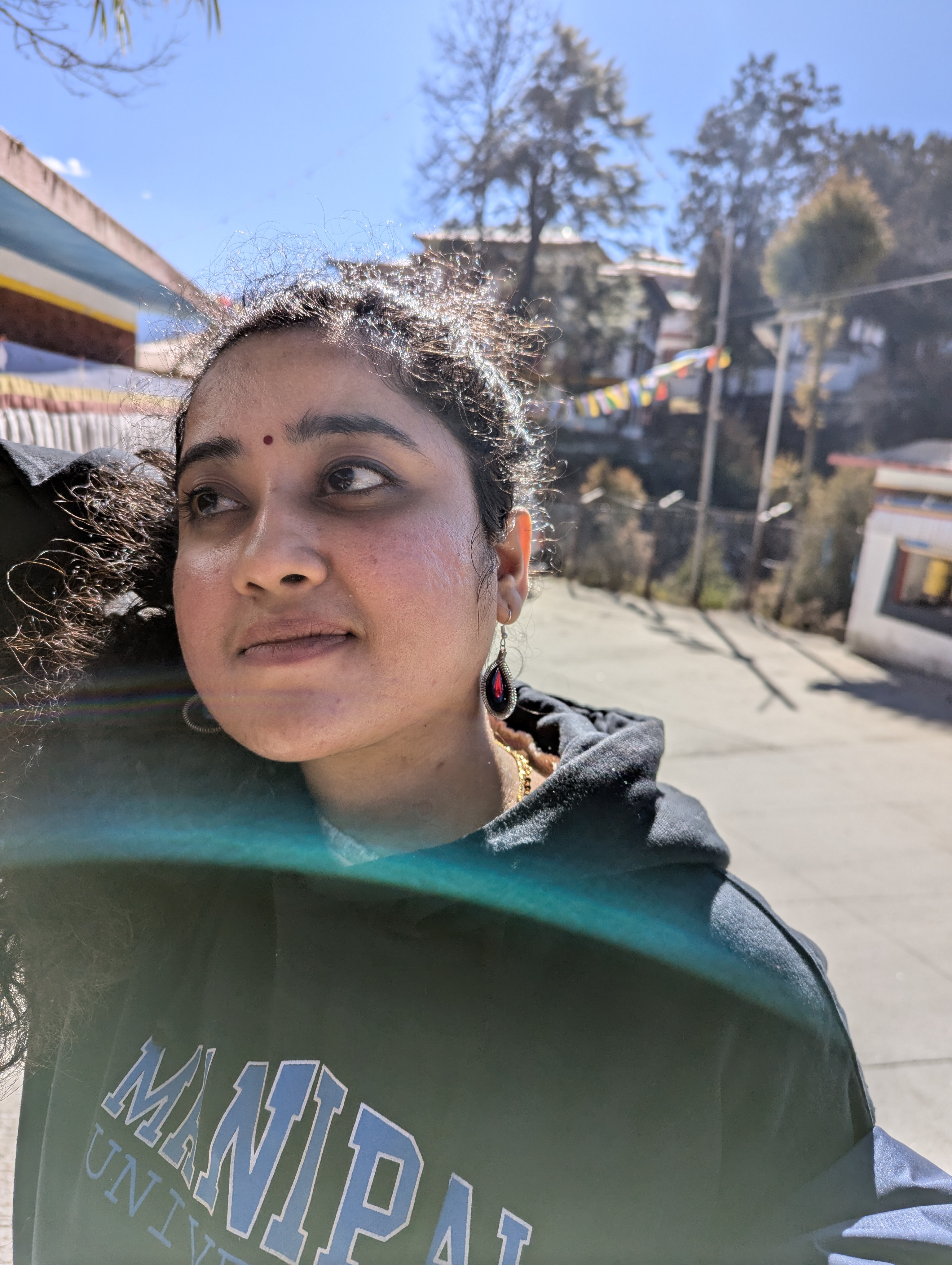Table of Contents
Recommendations!
You want to visit a restaurant, watch a movie, buy something online or make an investment! You want a recommendation, there’s an application available today. It only makes sense to deep dive into this algorithm.
What’s the origin story?
Any guesses on what could be the first use-case for which recommender system was used for?
If you guessed it to be movies recommendation, you are most certainly wrong!! 😂 I know , everbody thinks about Netflix 🎬 the famous movie streaming service as soon as the word recommender systems is talked about, but it’s nothing but for recommending Books 📖!
Elaine Alice Rich built a smart way to shortlist the book recommendations based on the user’s likes. The application was called Grundy(1979). She used a system of questions to classify them into classes of “Preferences” or “Stereotypes” based on their answers.
Later on, the computer science community went ahead to find ways for information retrieval and filtering. Which is the key inspiration for the development of GroupLens by scientists from University of Minnesota. Following this, started a plethora of applications in music recommenders and video recommenders. In the summer of 1996, Net Perceptions was the first company to realise the importance of marketing recommender engine and pioneered in “Personalization Technology” during the internet boom.
From 1997 to 2019, GroupLens research lab kept publishing MovieLens datasets and became one of the favorite datasets to study recommender system engines.
A model centric perspective.
Majority of the recommender system engines before 2005 were focussed on collaborative filtering techniques : user-user collaborative filtering, item-item collaborative filtering and Singular Value Decomposition(SVD) filtering.
ACM Recsys, short for ACM Recommender System Conference, a community of scientists working in the field, saw the importance of recommender systems research in the fast development in basic research and commerce applications. Thus it started conducting annual conferences focussed only on the study of recommender systems.
Following this a focus on user-experience based models and deep neural networks started gaining more drive. Examples of such systems are: DeepFM and Wide and Deep model for app recommendations.


Start the conversation